Decorative yarrow
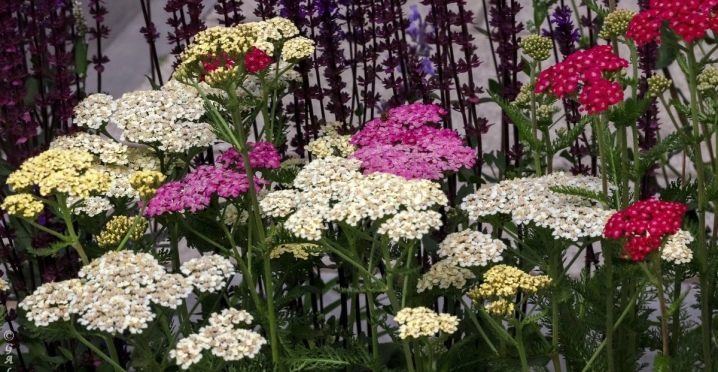
Achillea or yarrow is a perennial belonging to a rather large genus, which is included in the Asteraceae or Asteraceae family. The genus includes over 200 species. In the wild, it is found in North America, as well as throughout Europe and Asia, including Russia. Yarrow has high medicinal properties, therefore it is widely used in medicine.
Views
Yarrow has a large number of varieties. Some of them are quite common in nature, others are less common. All varieties can be conditionally divided into two large categories: tall and undersized varieties.
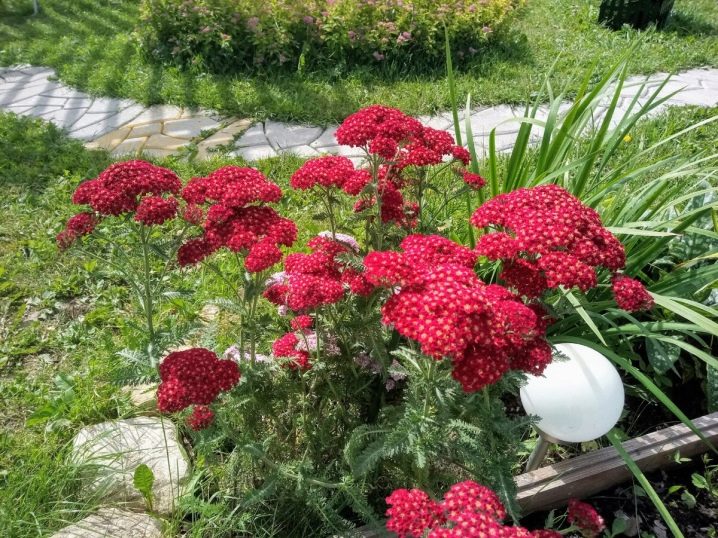
Tall
Ornamental perennial yarrow is often tall. The following varieties belong to this category.
-
Noble... The length of the shoots is up to 50 cm, the inflorescences are small, have a yellow-white color.

-
Tavolgovy Is another tall species. Shoots often grow up to 1 meter in length. The inflorescences are large, have a bright yellow color.
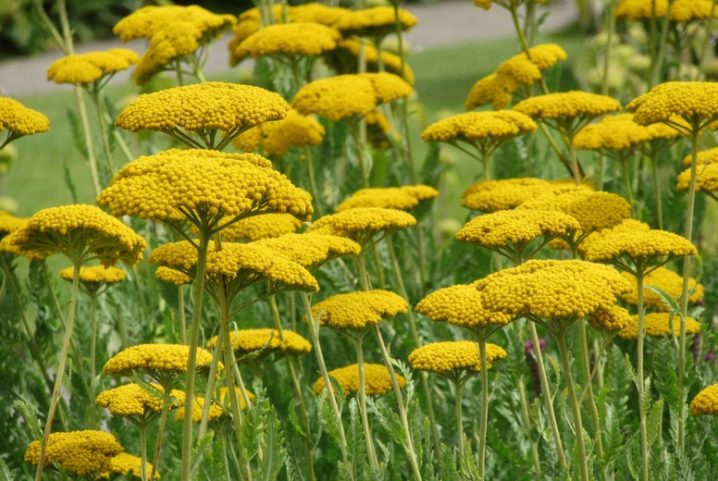
-
Ptarmika... This species is sometimes referred to as the sneeze herb. It has rather powerful shoots, the length of which exceeds 100 cm. Inflorescences are white.
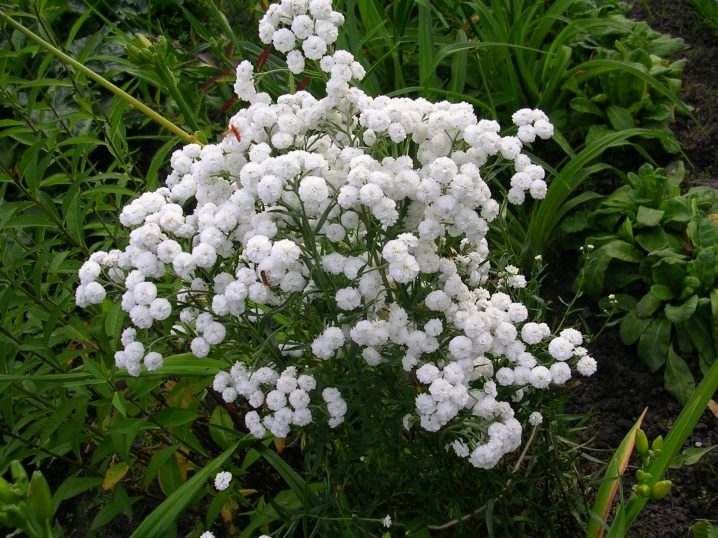
-
Ordinary or medicinal... This is also a tall plant, since the shoots reach 80 cm. The stems are rather thin, have a lot of foliage. Inflorescences are colored white or light pink.
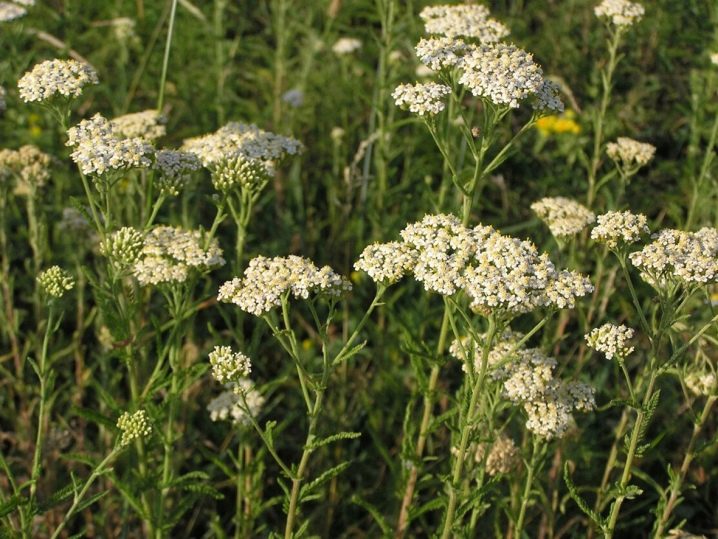
-
Asiatic grows up to 85 cm, due to which this species can also be ranked as tall. The inflorescences are purple or pink.
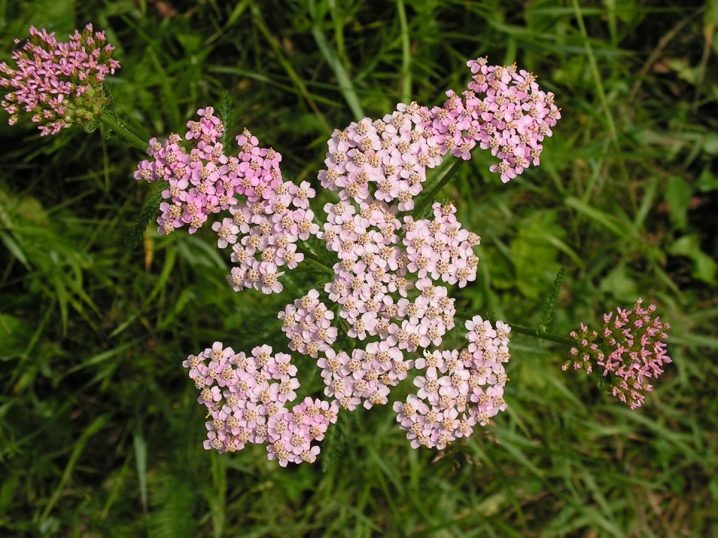
These are not all types of tall yarrow. Only the most popular of those that are not only cultivated but also found in the wild are listed.
Undersized
From the name it is clear that the yarrow belonging to this category does not have large dimensions. The most common undersized plant varieties are as follows.
-
Ageratolistny - This is a stunted species, the shoots of which rarely grow more than 10 cm in height. Inflorescences are small, with white petals. A distinctive feature is the ebb of the leaves with a whitish color.
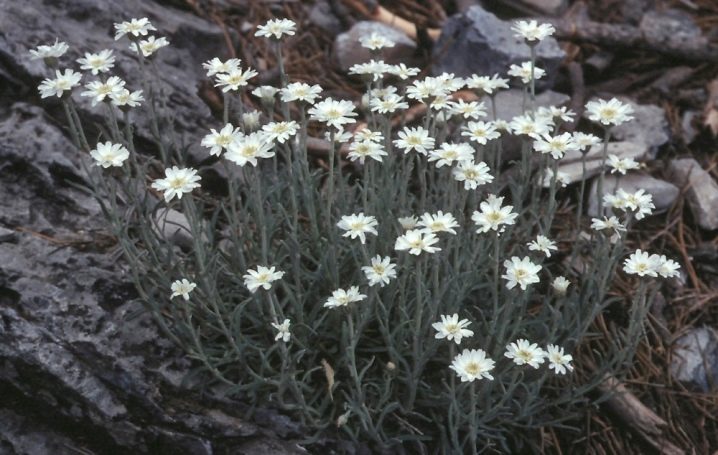
- Felt - a low-growing plant that is often used to create rock gardens. A feature of the stems is the edge, the inflorescences are medium in size, have a bright yellow color. Aurea is also included in this species. Its external description and properties are identical, but it grows somewhat worse in comparison with its closest relative.
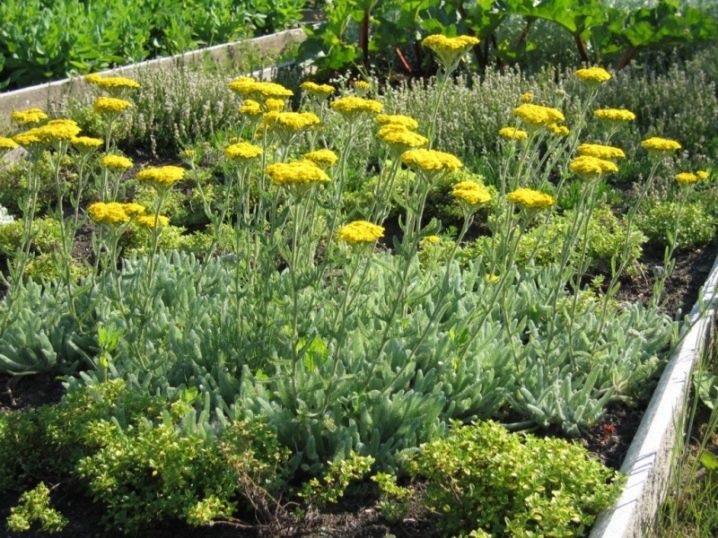
These two species of undersized yarrow are most commonly found in forests, fields, or other areas.
Planting and leaving
Yarrow can be grown in the garden for beauty, or used later for medicinal purposes. Regardless of the purpose of cultivation, yarrow requires some care.
First of all, you should take care of choosing the right site for the yarrow. He feels good in a shaded place, but for active growth and good development, it is better to allocate a bright area for him. If there is groundwater, it is recommended to equip a drainage layer. The choice of place, indeed, needs to be approached thoroughly, since in the same area, the yarrow can be up to 10 years.

Almost any soil is suitable for yarrow, since it is not particularly demanding in this matter. The plant calmly reacts to changes in soil acidity in one direction or another.
The plant takes root best of all if it is planted through seedlings. In early March, the seeds are planted in peat pots.And already in the open ground, the seedlings are transferred in early May, when the weather is relatively warm. The distance between seedlings when planting in open ground should be approximately 25 cm.
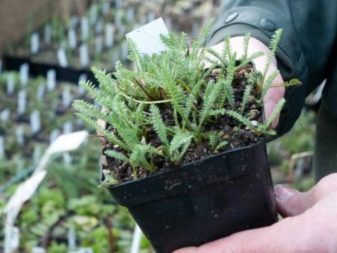
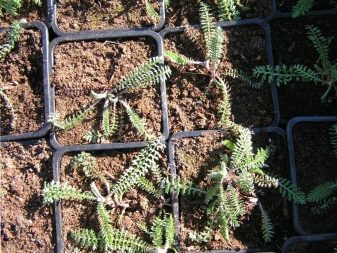
Before planting, small holes are dug, the soil in them is well moistened. You need to move the seedlings into these holes. If initially the plant was contained not in peat pots, but in plastic containers, then it must be transplanted very carefully so as not to damage the root system. Otherwise, the plants will take root for a long time in a new place and get sick.
Watering a flower bed with yarrow is recommended only in the driest periods. In moderate weather, the plant will have enough rainwater. You can loosen it 2-3 days after watering.
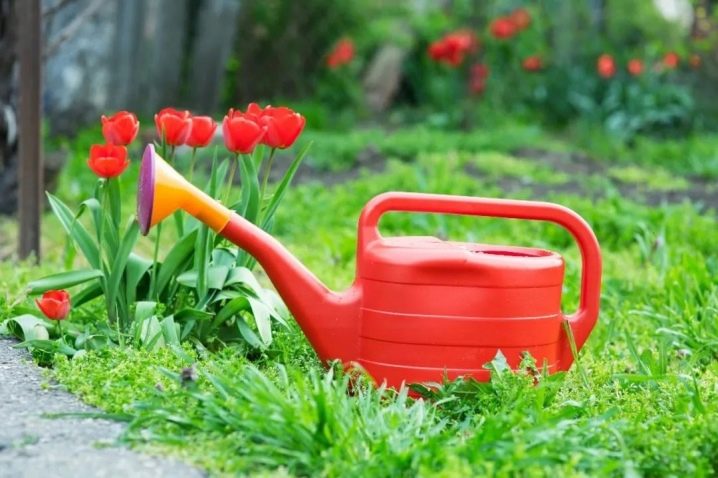
Yarrow may well do without feeding. But if necessary, in the spring you can feed with ammonium nitrate. In the autumn, the soil is loosened in the aisles and fed with a mixture of potassium salt (10 grams) and superphosphate (20 grams) for each square meter of the plot.
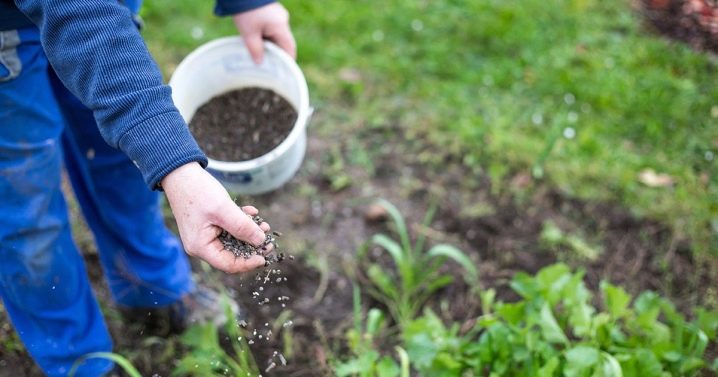
If tall yarrow is cultivated, then it is recommended additionally carry out a garter. This must be done carefully, without overtightening, as the twine can damage the stems.
Reproduction
Yarrow is bred both by division and by seeds... In the second case, it is recommended to first grow seedlings, which are then transferred to open ground. This method is easier, but time consuming.

Reproduction can be done by division. This should be done in late spring or summer. Before the onset of the first cold weather, young shoots must have time to get stronger and take root in their places. With the help of a small but sharp spatula, a part of the curtain is cut off, sits on a pitchfork and moves to a previously prepared place. This is a hole of sufficient depth, which was previously moistened.
The standard distance between the bushes is 25 cm. In the first days after planting, young plants need to be watered well, you can even feed them. If the weather changes sharply to cold, you can make a small greenhouse so that the seedlings are as comfortable as possible.

Yarrow gets along well in the same flower bed with almost any plant that requires identical care. Flowers look great next to vegetable beds.
The most successful examples of the use of yarrow in landscape design are presented in the photo gallery.
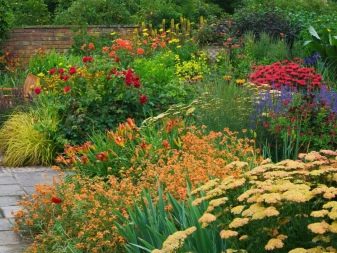
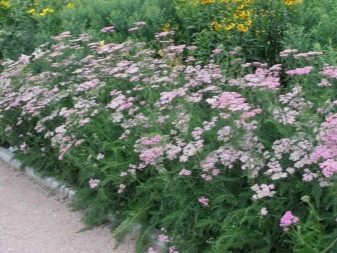
Growing yarrow is a simple process. If you take good care of him, then no problems will arise. In summer and autumn, it can be harvested for different purposes: as a component of traditional medicine recipes, for compost (the plant is an excellent fertilizer), for cosmetic procedures (foot baths based on yarrow extract are especially popular).
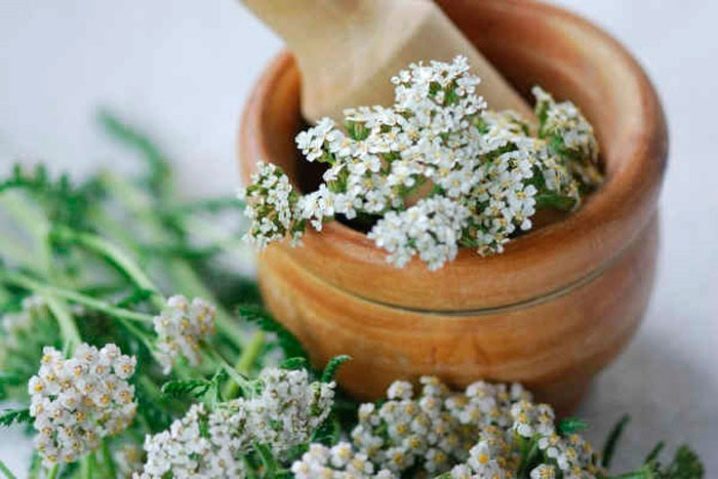







































































































The comment was sent successfully.